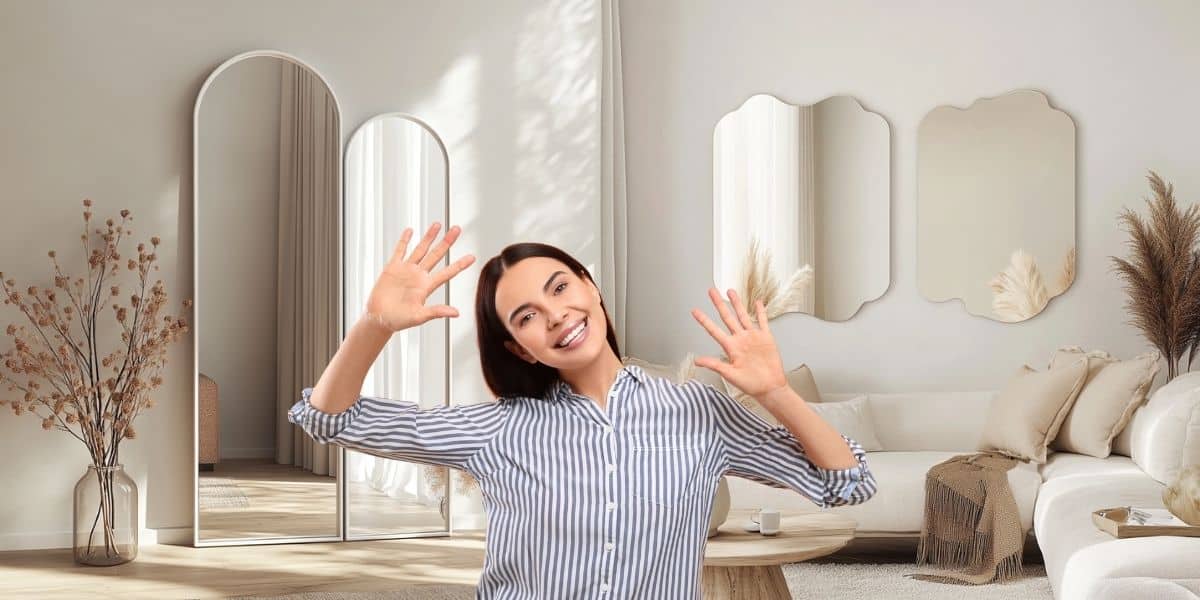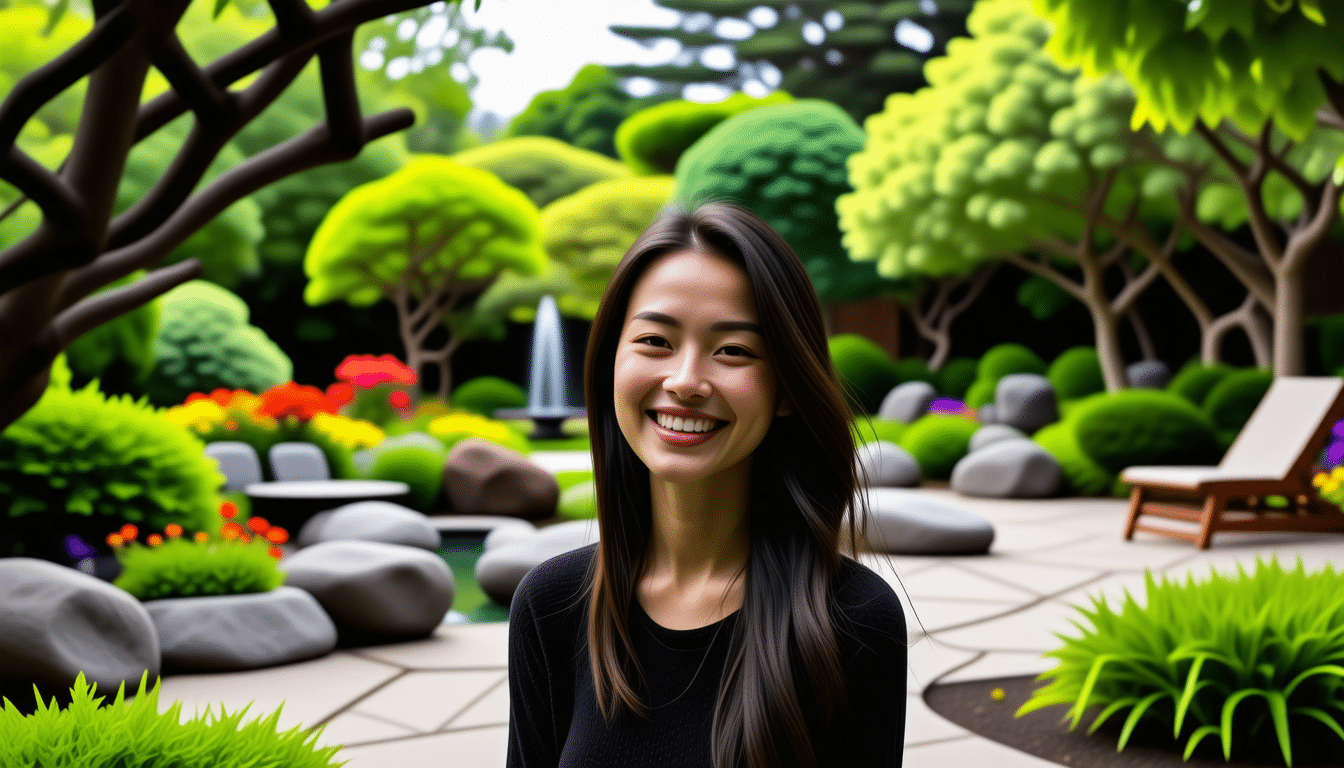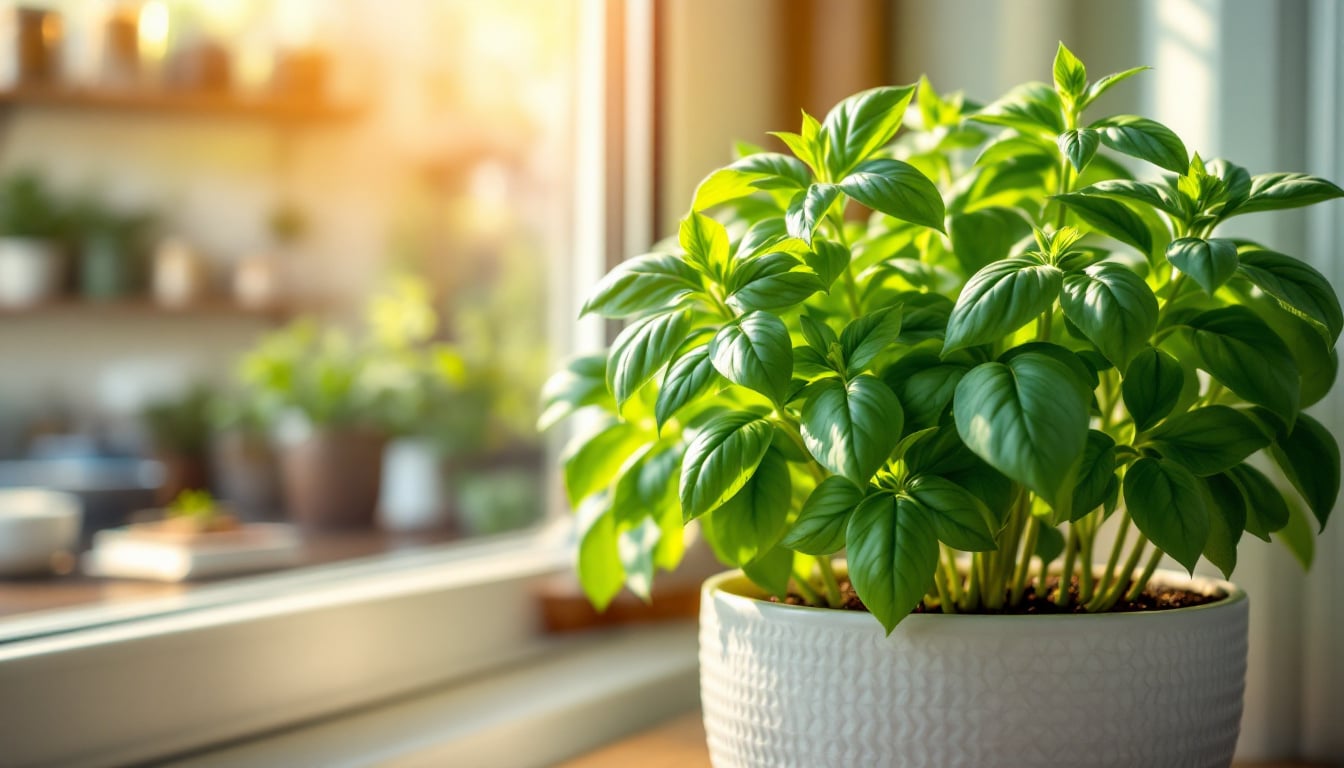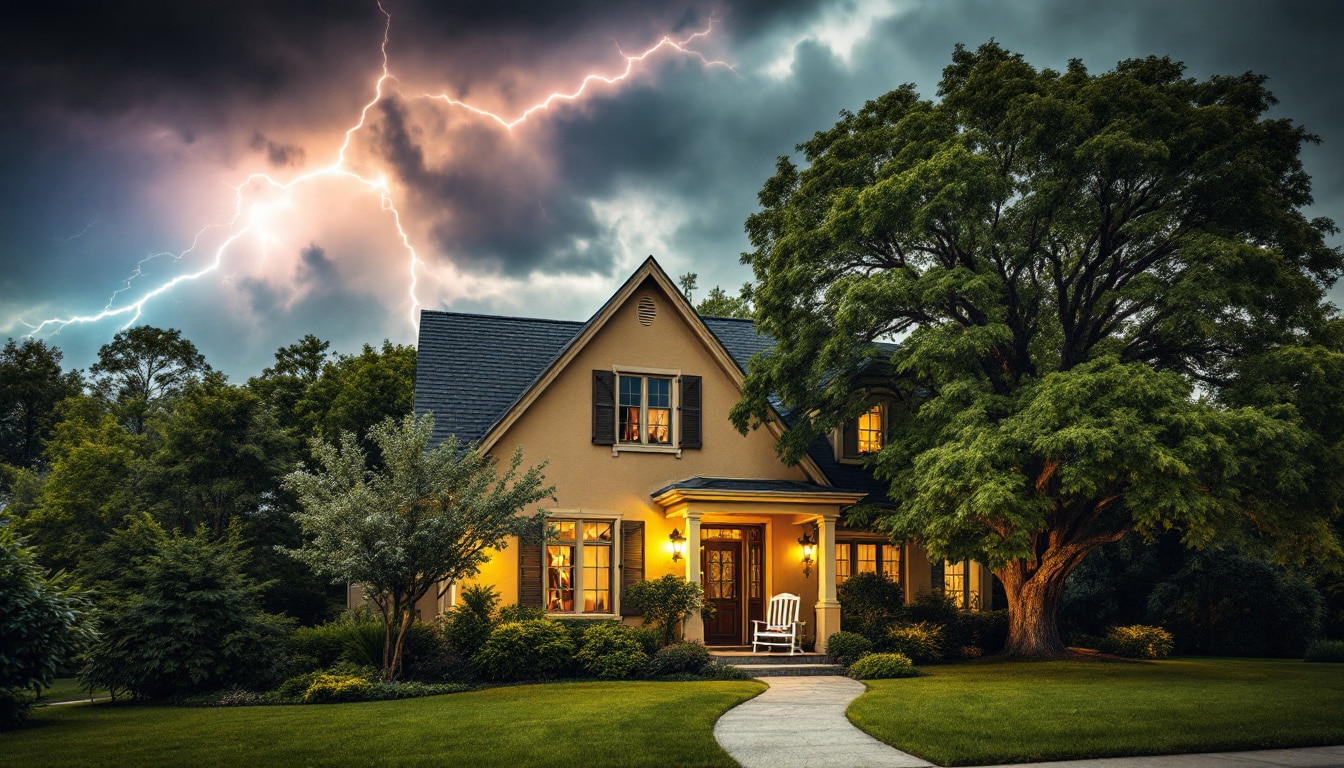Mirrors are much more than tools for checking your reflection. When used with intention, they become transformative design elements that can redefine the feel of your entire home. From expanding tight spaces to enhancing natural light and adding elegant focal points, mirrors can turn even the simplest interiors into stylish sanctuaries. This article explores creative and effective ways to use mirrors in your decor—whether you’re aiming to visually double a small room or simply brighten up a dark corner.
Fun fact: In ancient times, polished obsidian was used as a mirror—some of the earliest examples date back to 6000 BC!
✨ Article highlights – why mirrors are your home’s secret weapon
- 🪞 Position mirrors to open up space and reflect natural light
- 🌞 Use mirrors to brighten dark corners and enhance daylight
- 🎨 Add depth, character, and even artistic flair to your walls
- 🏡 Make small rooms feel larger with clever mirror placements
- 🚪 Place mirrors in unexpected spaces like entryways and dining areas
Use mirrors to make any room feel bigger
One of the most powerful visual tricks in interior design is using mirrors to create the illusion of space. A large mirror placed opposite a window doesn’t just reflect a view—it amplifies natural light and breathes openness into the room. For tighter spaces, like hallways or studios, angled mirrors can elongate the space, making it feel more expansive and less claustrophobic.
Turn your mirror into a statement piece
Mirrors don’t have to blend in. A bold, oversized mirror with a striking frame can become the centerpiece of any room. Over fireplaces, behind sofas, or above entry consoles, statement mirrors not only capture attention but elevate the entire aesthetic of a space. They’re functional art—designed to impress as much as they reflect.
Maximize natural light with thoughtful placement
Homes that lack sunlight often feel smaller and gloomier than they really are. Fortunately, a well-placed mirror can turn that around. By reflecting sunlight from nearby windows, mirrors amplify brightness and cast it into overlooked areas. For best results, place mirrors across from or next to your main sources of light—it’s a simple way to lift the mood of a room.
Layer your decor with depth and dimension
Mirrors aren’t just about function—they’re tools for layering your design. Mix and match different shapes and sizes to add visual rhythm. A gallery wall of mirrors, for instance, brings movement and variation. Positioning mirrors above furniture like sideboards or beds adds vertical balance, giving your space a polished and multi-dimensional look.
Want a fresher-smelling home? You’re probably forgetting to clean this
Stretch small spaces with optical tricks
In cramped quarters, mirrors can do more than decorate—they visually stretch the room. Place a tall mirror at the end of a hallway to give the illusion of added length. In narrow bathrooms, a wide mirror above the sink can double the perceived size. The reflection creates depth, making the space feel open and relaxed rather than tight and confined.
Get creative with mirrors in unexpected places
While mirrors are often confined to bathrooms and bedrooms, placing them in unconventional spots adds surprise and sophistication. A mirror in the dining area reflects candlelight and tableware, adding ambiance and a touch of glamour. In entryways, a mirror not only gives guests a final check before entering but also makes the space feel more inviting and spacious.
Let mirrors play a decorative role
Mirrors with unique frames or finishes can complement or contrast your design elements. Choose vintage-inspired frames for a timeless feel, or go sleek and modern for a minimalist look. These reflective surfaces can harmonize with your palette, fill awkward wall spaces, and tie the entire decor together with flair.
Treat mirrors like functional art
Mirrors that look like sculptures or paintings bring artistic depth to your interiors. Whether they’re shaped like sunbursts, irregular forms, or geometrical patterns, these pieces function as decor while serving their reflective purpose. They’re a creative way to add personality without compromising on utility.





